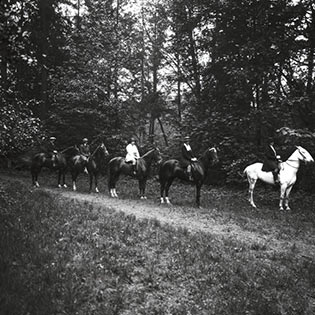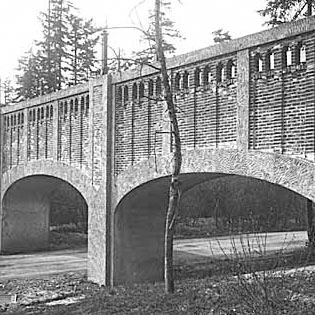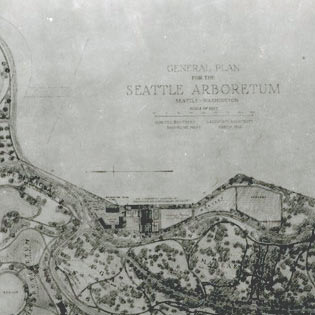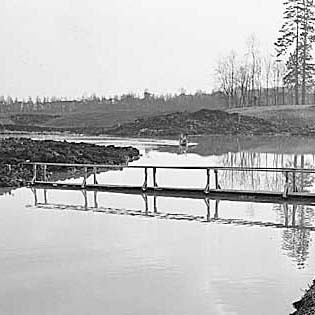RESOURCES
- The North Capitol Hill Neighborhood Association (NCHNA)
- HistoryLink.org essay on the Washington Park Arboretum
- Arboretum Foundation
- UW Botanic Gardens
Links to external websites do not constitute endorsement by WSDOT of the linked websites or the opinions, information, products or services contained therein.
The 200-acre Washington Park Arboretum includes over 40,000 trees, shrubs, and plants from around the world. The Arboretum incudes the Seattle Japanese Garden, the Graham Visitor’s Center, Foster and Marsh Islands, Works Progress Administration (WPA)-era structures, and a variety of plant collections. It is described by the Arboretum and Botanical Garden Committee (ABGC) as
…a living plant museum emphasizing trees and shrubs hardy in the maritime Pacific Northwest. Collections are selected and arranged to display their beauty and function in urban landscapes, to demonstrate their natural ecology and diversity, and to conserve important species and cultivated varieties for the future (Washington Park Arboretum, University of Washington Website, 2002).
In 1934, the Seattle City Council approved an agreement between the Board of Park Commissioners and the University of Washington establishing the Washington Park Arboretum. The largely undeveloped park, located between Seattle’s Madison Park and Montlake neighborhoods, benefitted from the expertise of university faculty and the new entity created by the agreement, the Arboretum and Botanical Garden Committee (ABGC), which served as the fiscal agent for receiving Works Progress Administration (WPA) funding for labor to clear and grade the park and to build various structures.
James Frederick Dawson (1874-1941) of the Olmsted Brothers Landscape Architects firm created a preliminary plan for the arboretum in 1936. The committee created by the 1934 agreement continues to guide the arboretum into the twenty-first century, and a 2001 master plan provides a new vision for managing the collections and serving the public.
Visit HistoryLink.org to learn more about The Washington Park Arboretum.




